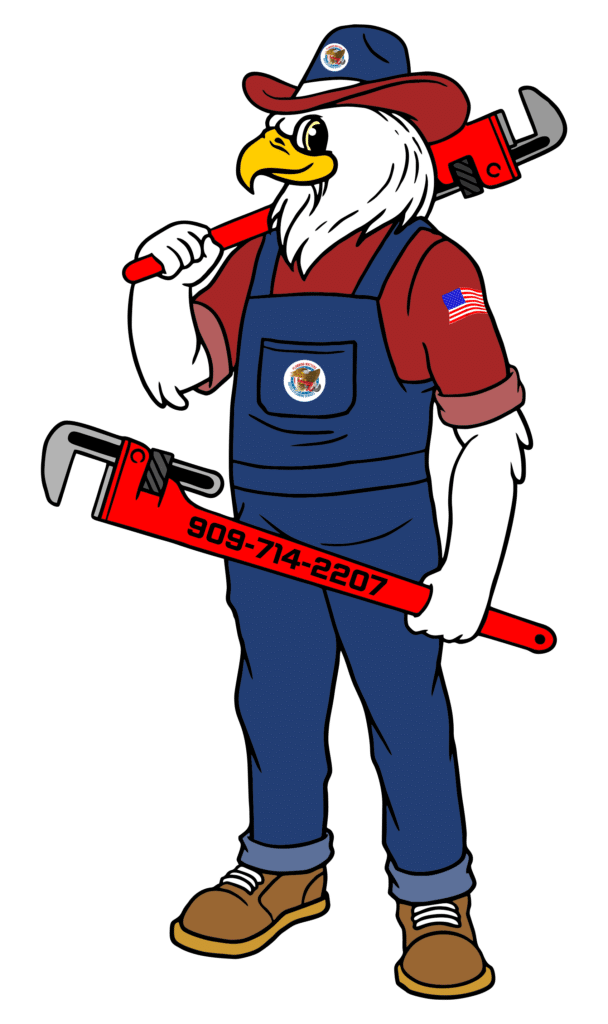How to Save Money on Your Water Bill with Efficient Plumbing
Homeowners often seek ways to trim their expenses, and one effective method is improving plumbing efficiency to lower water bills. Leaky faucets, worn toilet flappers, or faulty valves could be the culprits behind excessive water use. By tackling these common household issues with basic tools and replacement parts that quickly pay for themselves, homeowners may see a reduction of about 10 percent in their bills.
Smart homeowner practices include monitoring winter water usage as well as using simple leak detection tests involving food coloring or meter readings during inactive hours to pinpoint problem areas within a home’s plumbing system.
Identify Leaky Faucets Early
Eradicating leaks in one’s domicile can yield a sizable reduction in water expenses; saving nearly 10 percent, studies suggest. Diligently inspecting for any drip or trickle is essential. For instance: discern your dwelling’s winter water usage—a family of four should not surpass 12,000 gallons monthly lest there be significant leakage.
Monitor the meter during hours devoid of consumption—if it ticks upward, voila! Drop food coloring into the toilet tank to identify issues. If colored water appears in the bowl within ten minutes, the flapper may need replacement to prevent water waste and save costs. A plumber can assist with these issues if you’re unsure about the necessary repairs.
Faucet drips also contribute substantially—each second droplet cumulatively surging past 3,000 annual gallons lost. Handy online guidelines provide faucet repair wisdom aplenty.
Invest in Low-Flow Fixtures
Investing in low-flow fixtures is a smart move for any homeowner looking to cut water expenses. Low-flow showerheads are particularly effective, slashing consumption by up to 40% compared to traditional ones that use around 2.5 gallons per minute. The EPA estimates annual savings of about $100 from this change alone—the performance feels unchanged yet uses significantly less water.
High-efficiency toilets also offer substantial savings; they only need 1.28 gallons per flush versus the older models’ excessive 3.5 gallons because of wider trap openings—ensuring efficient flushing with reduced water use. Beyond these, consider aerated faucets, which curtail flow further without sacrificing functionality, and separate meters for outdoor sprinklers that charge you less as no sewer fees apply there—a dual saving on your utility bills while benefiting the environment, too.
Schedule Regular Plumbing Check-Ups
Regular plumbing check-ups are crucial for maintaining an efficient system and reducing water bills. A licensed plumber can uncover hidden issues, like pipe corrosion or slow drips within walls, that often go unnoticed until they become major problems. With professional inspections—recommended biannually—small fixes prevent costly overhauls later on.
Additionally, ensuring pipes are properly insulated before winter can sidestep burst pipes from freezing temperatures, which lead to expensive repairs and significant water wastage. Over time, this proactive approach will keep the household’s infrastructure in peak condition while conserving both water and money.
Efficient plumbing can lead to savings on water bills. Simple fixes like leak repairs or installing low-flow fixtures make a big difference. Regular maintenance avoids costly breakdowns, too.
At Plumbing Matters and Rooter Service, experts help optimize your system for maximum efficiency and minimum waste, ensuring that every drop counts. Trust the pros to keep your pipes in top shape and watch those monthly charges shrink; it’s a win for both the wallet and the planet.























